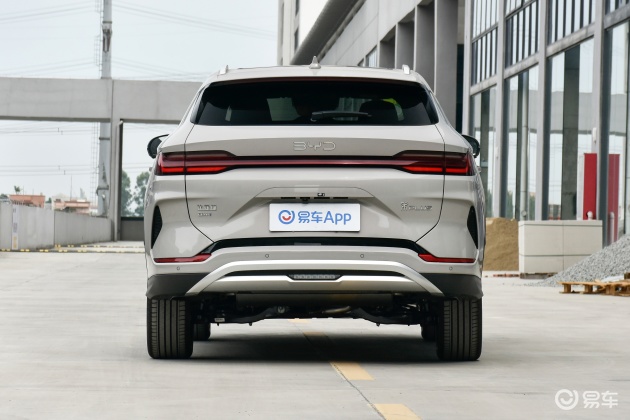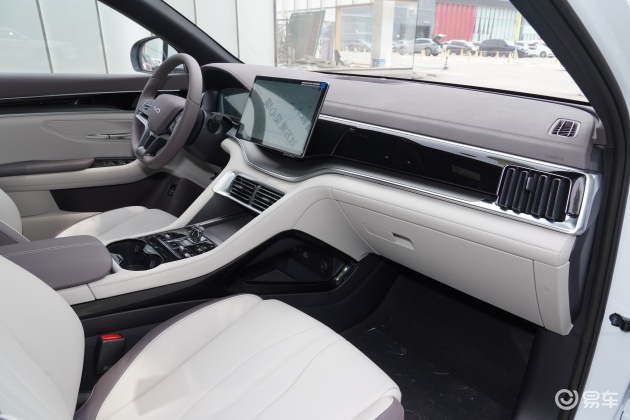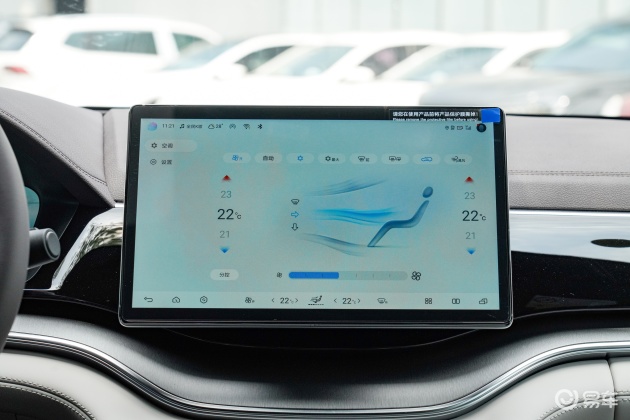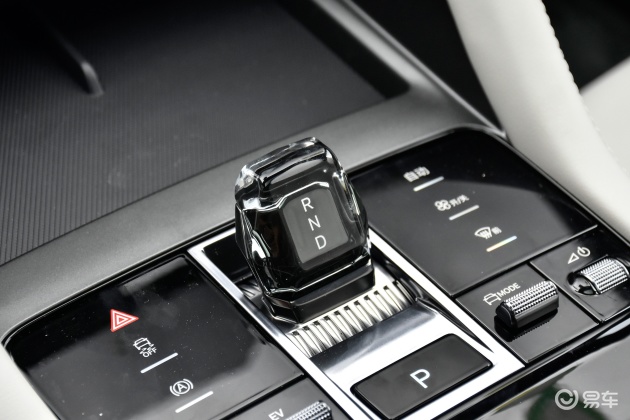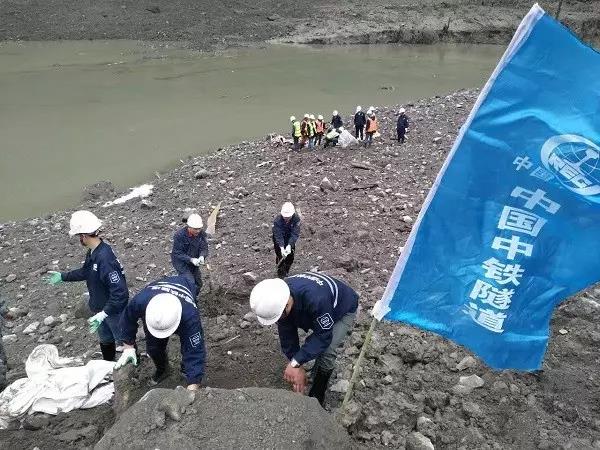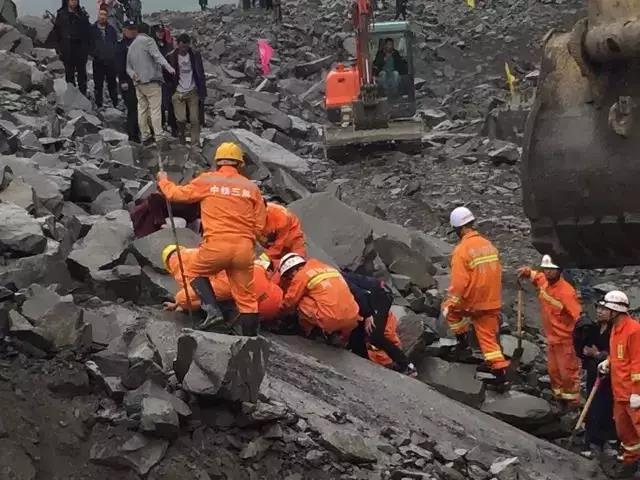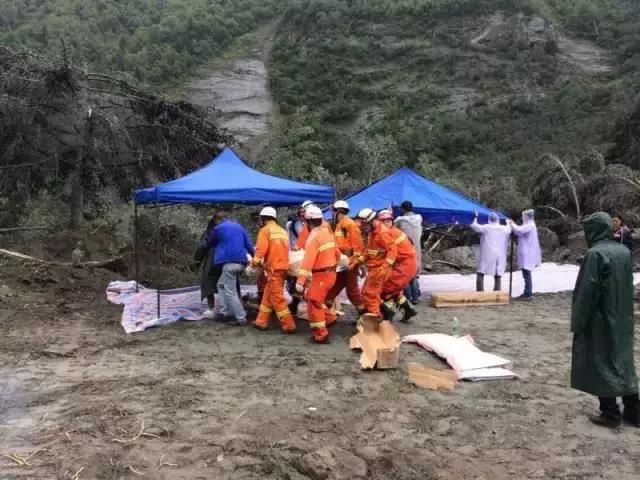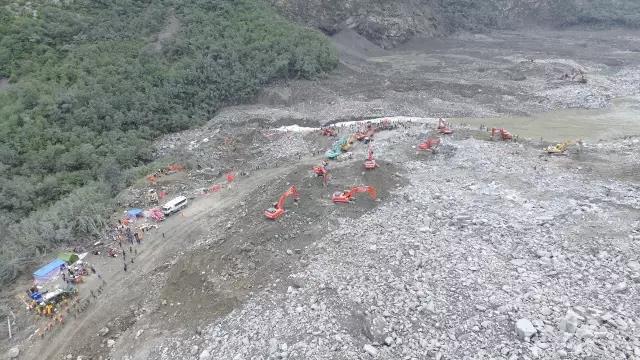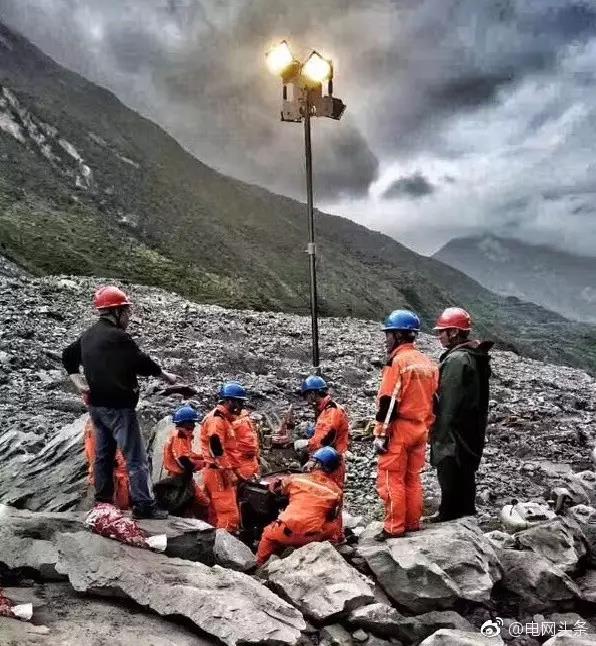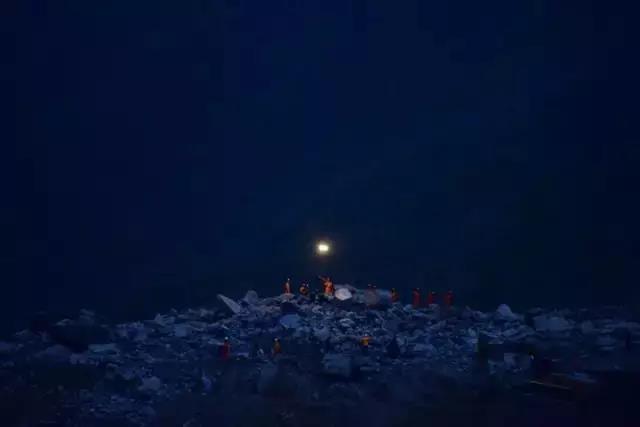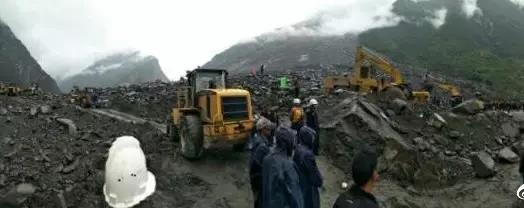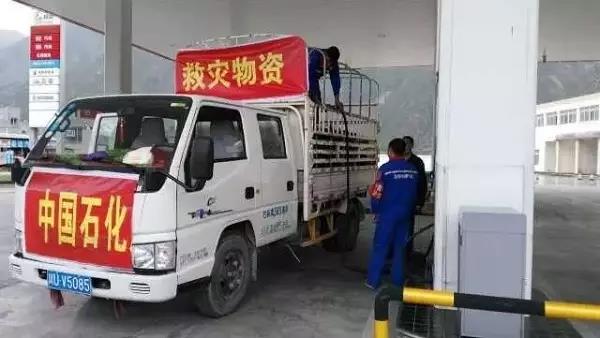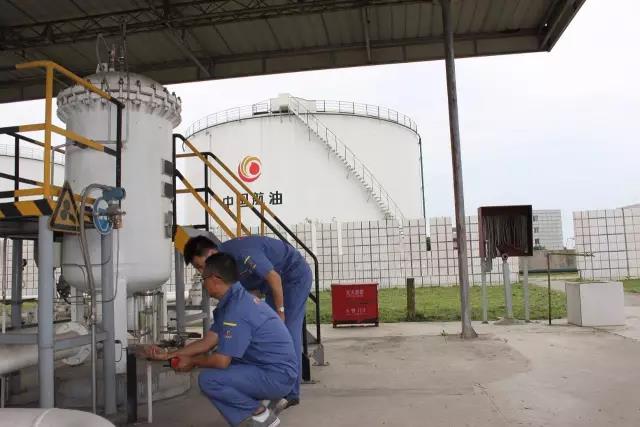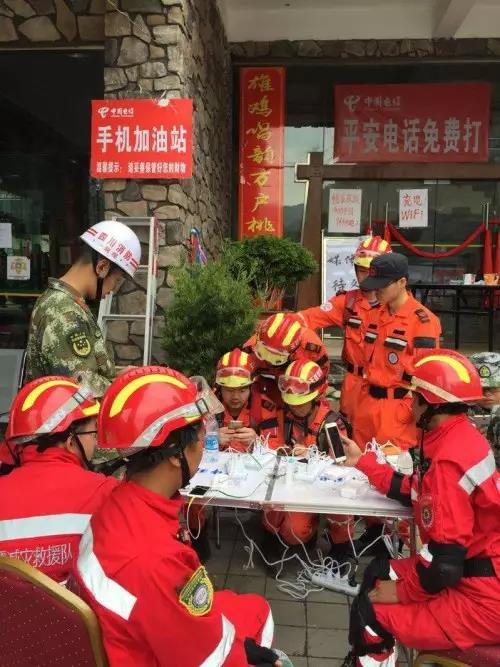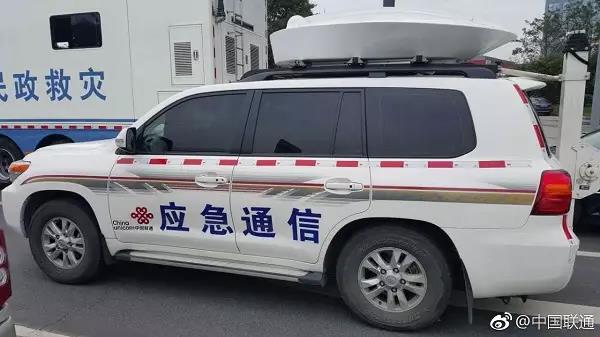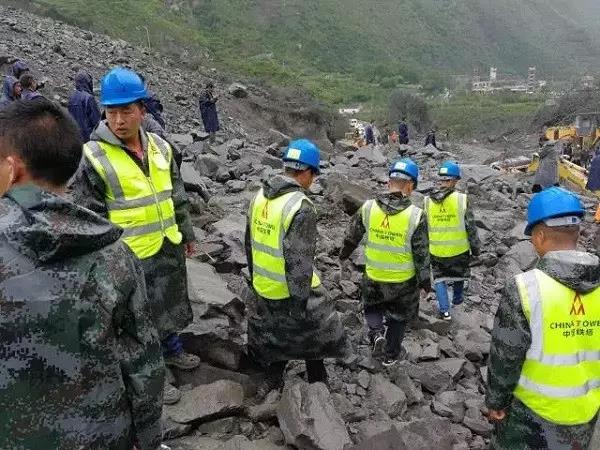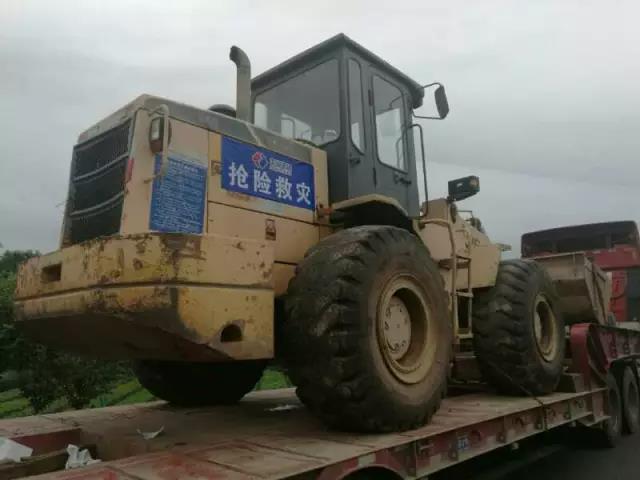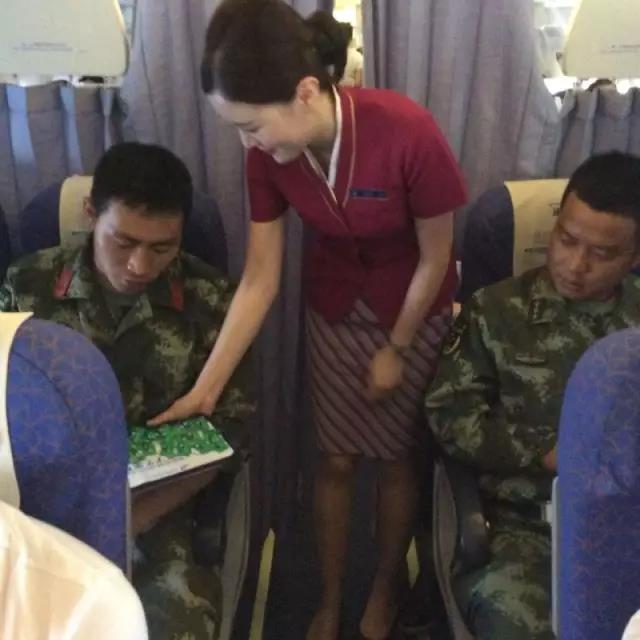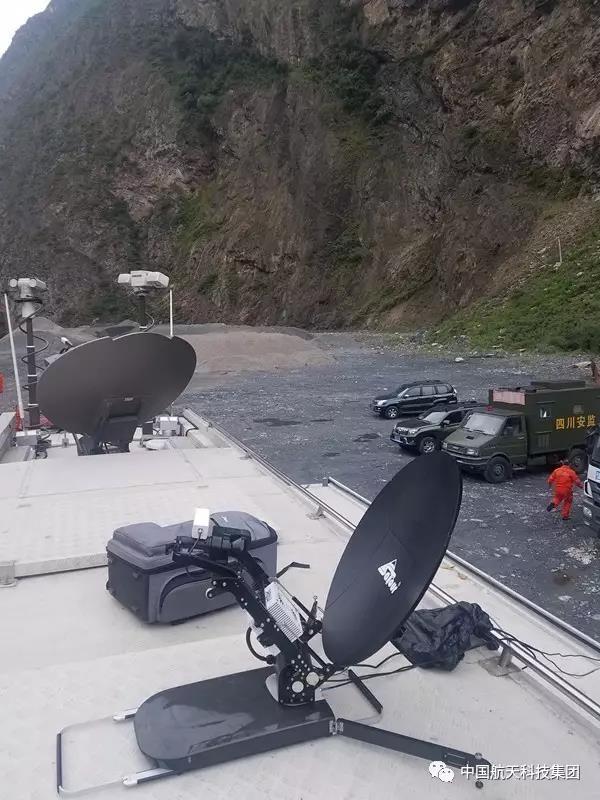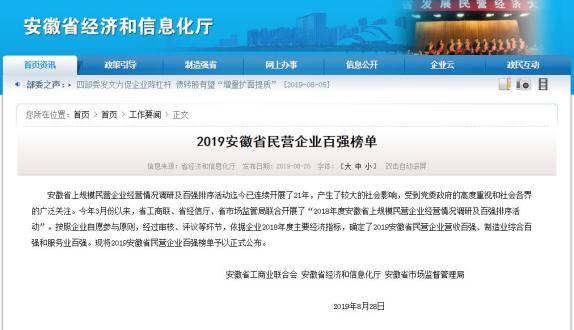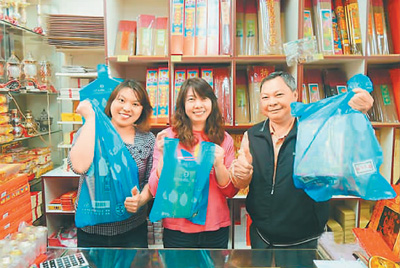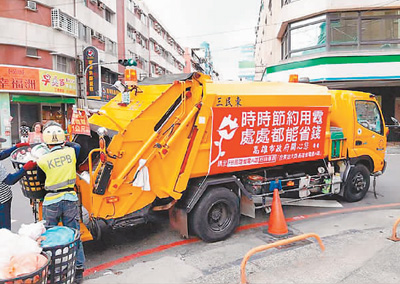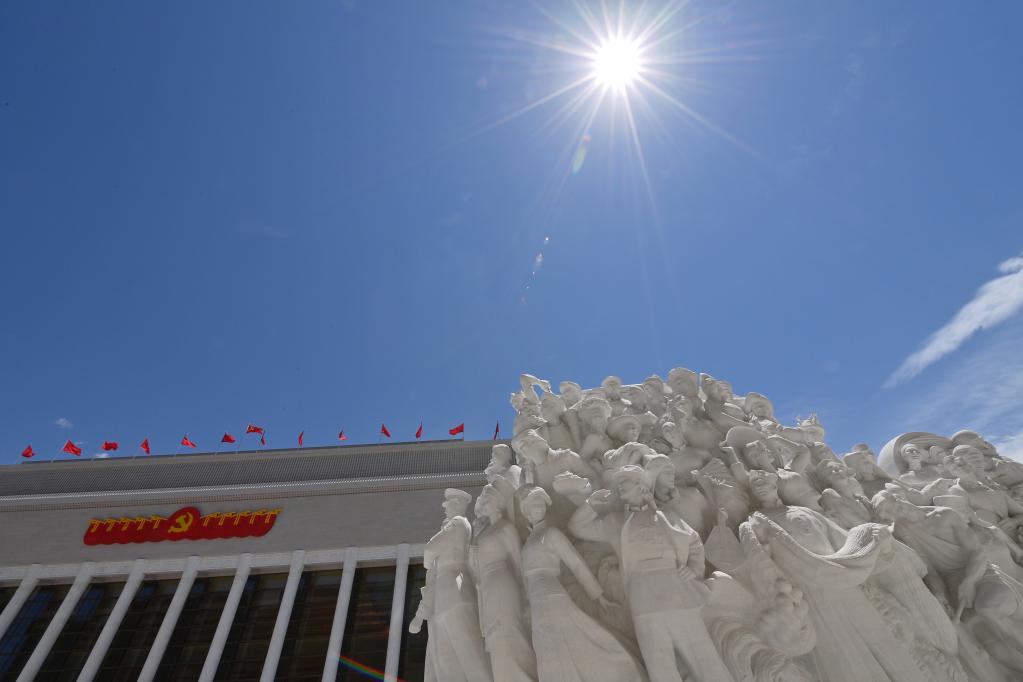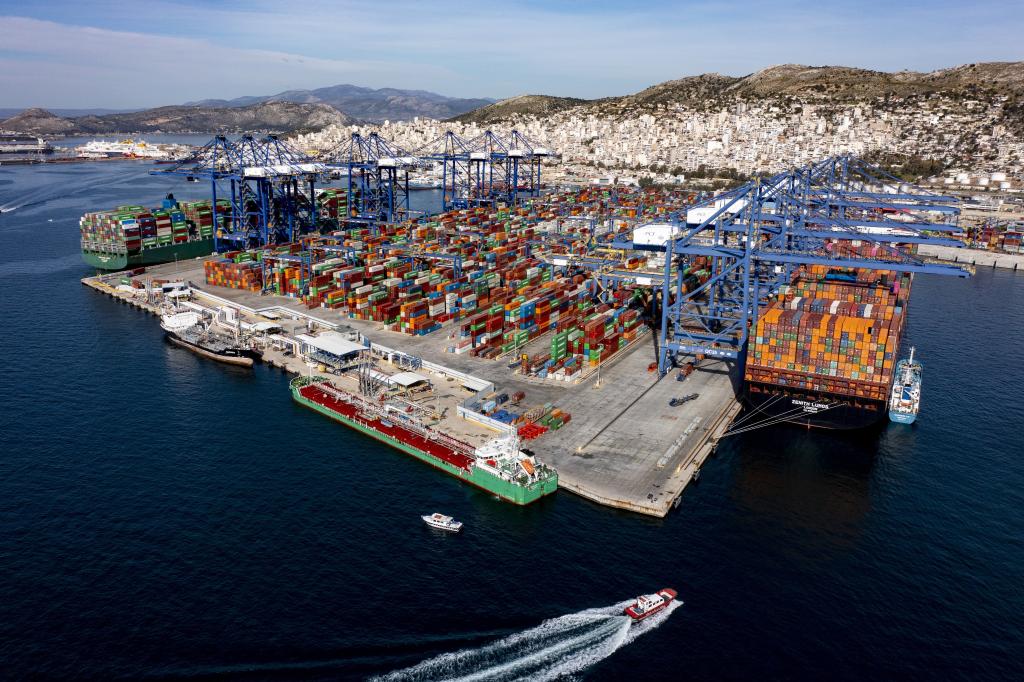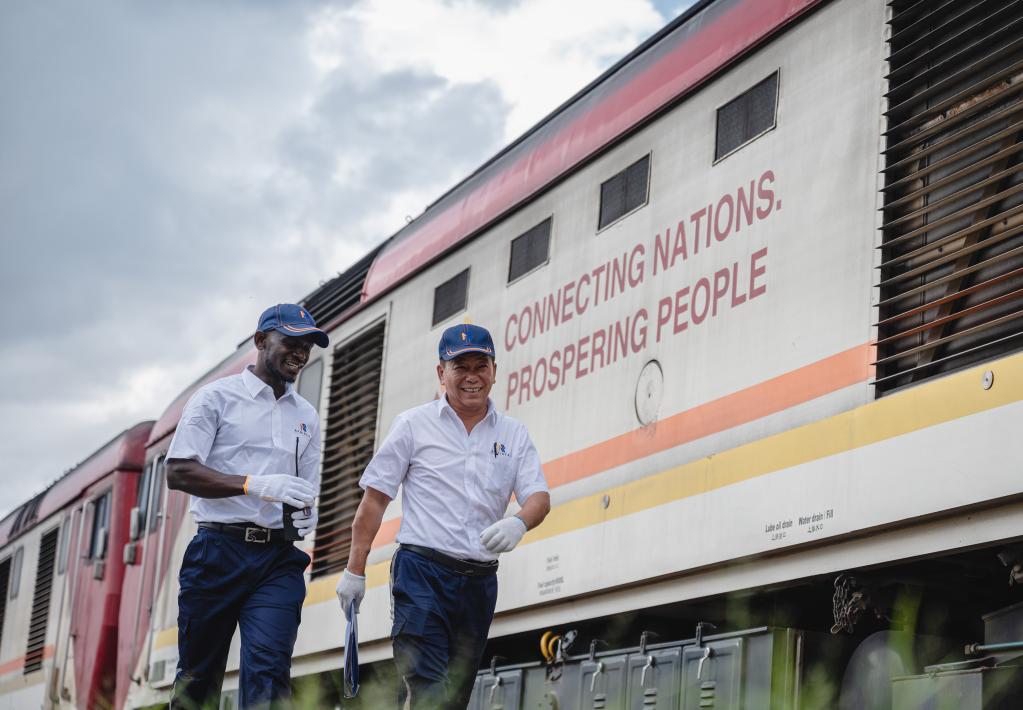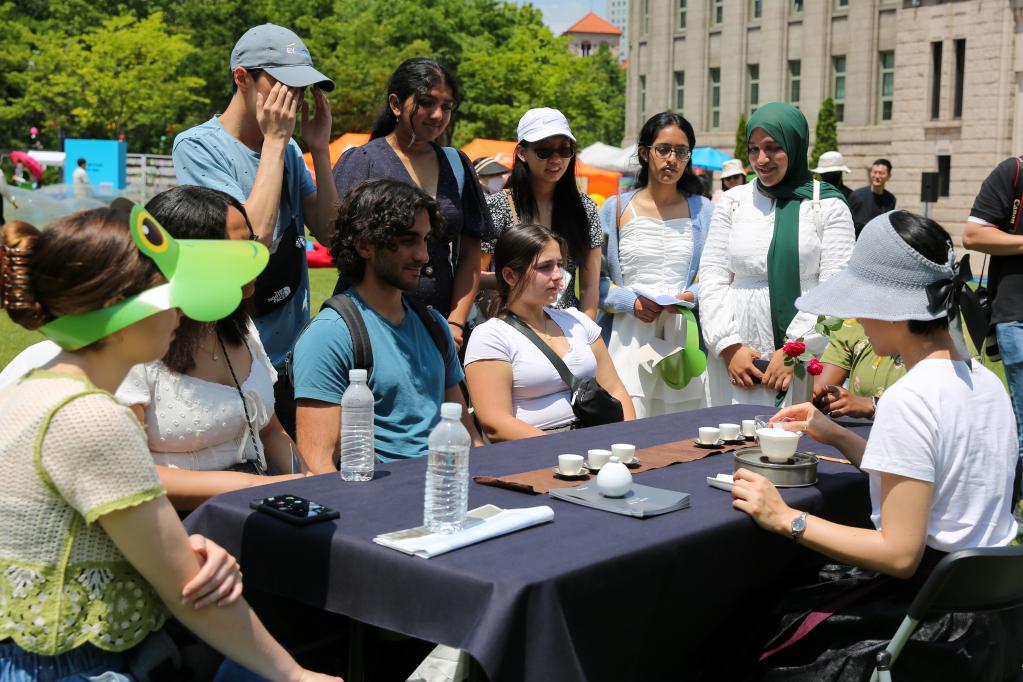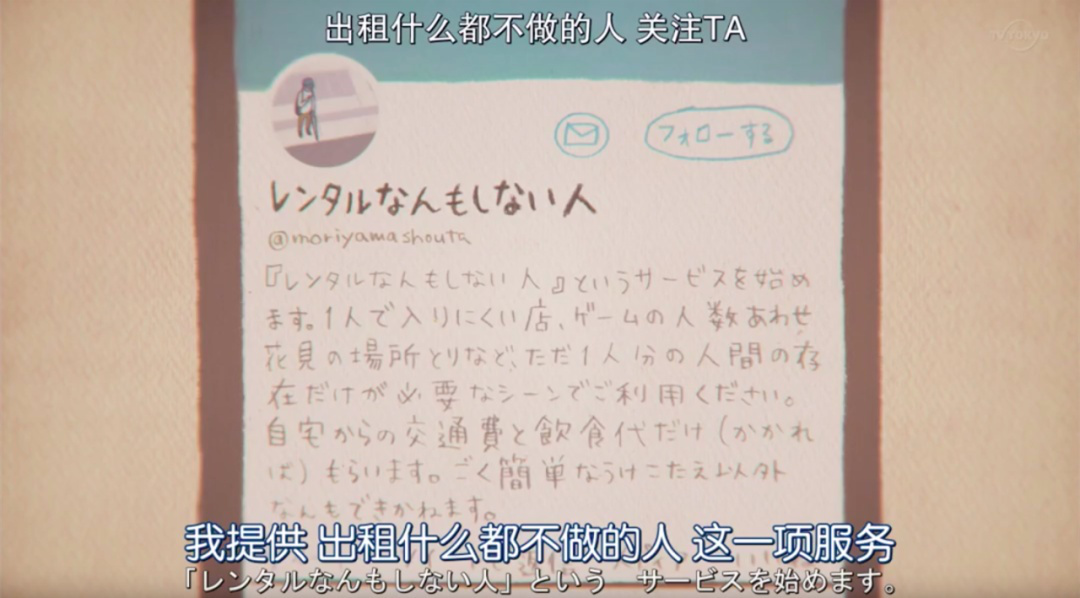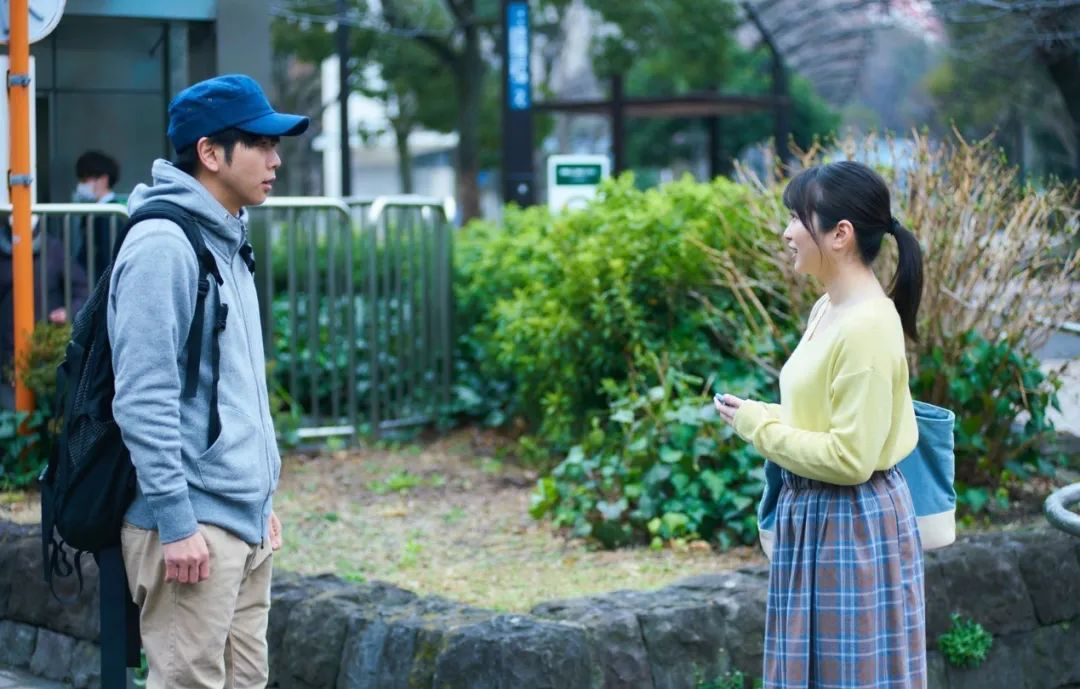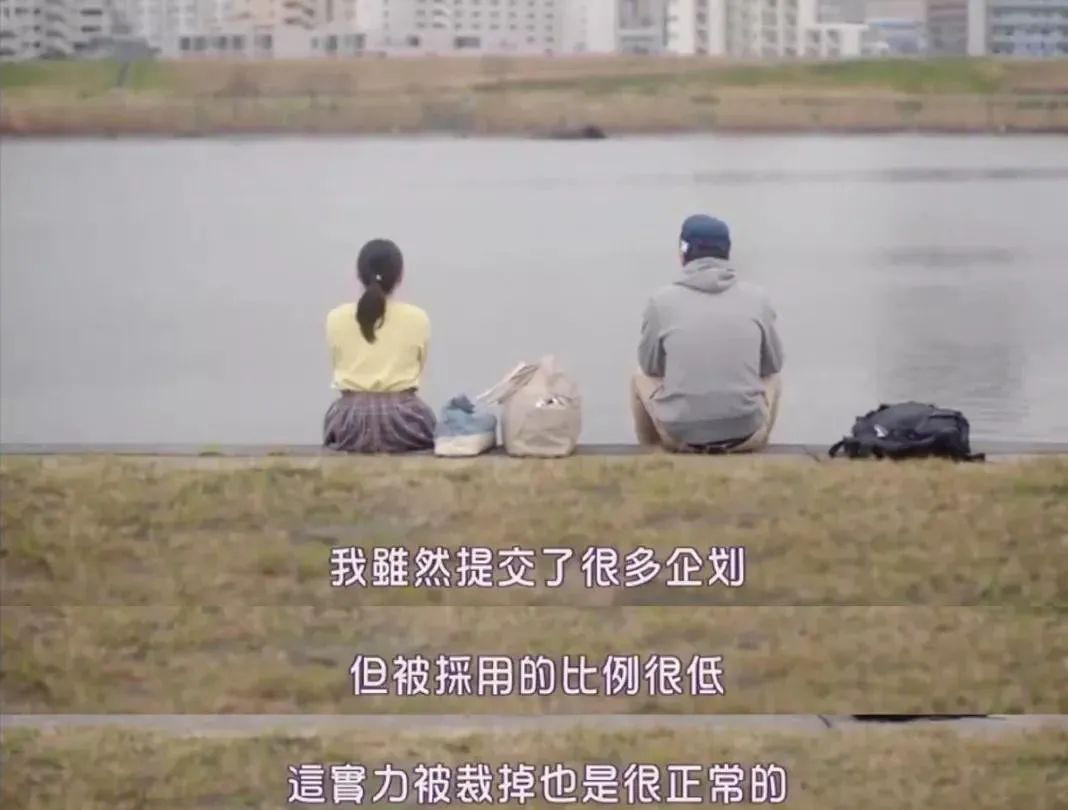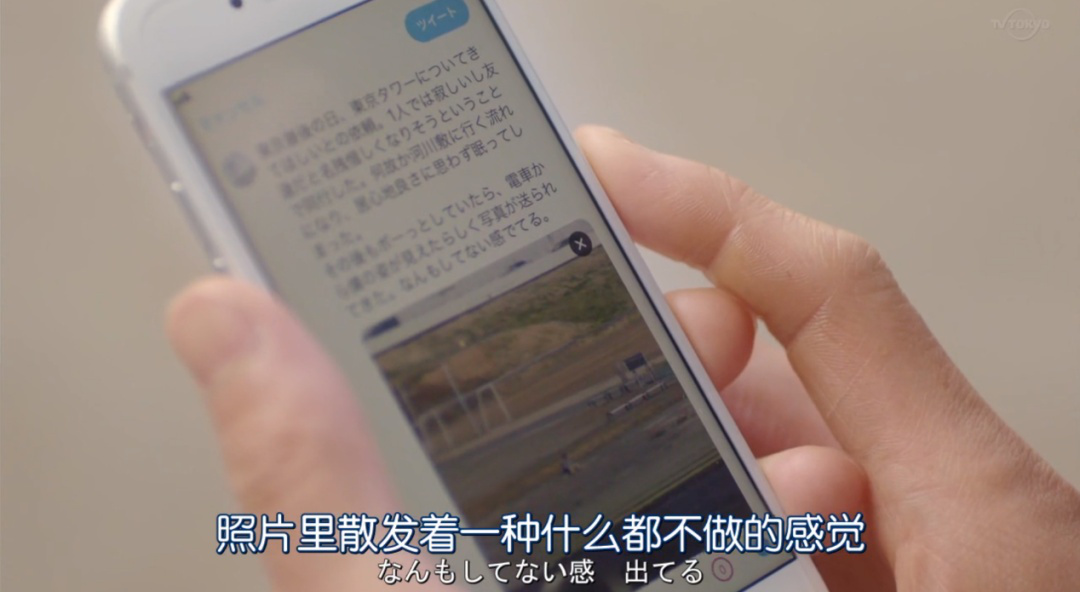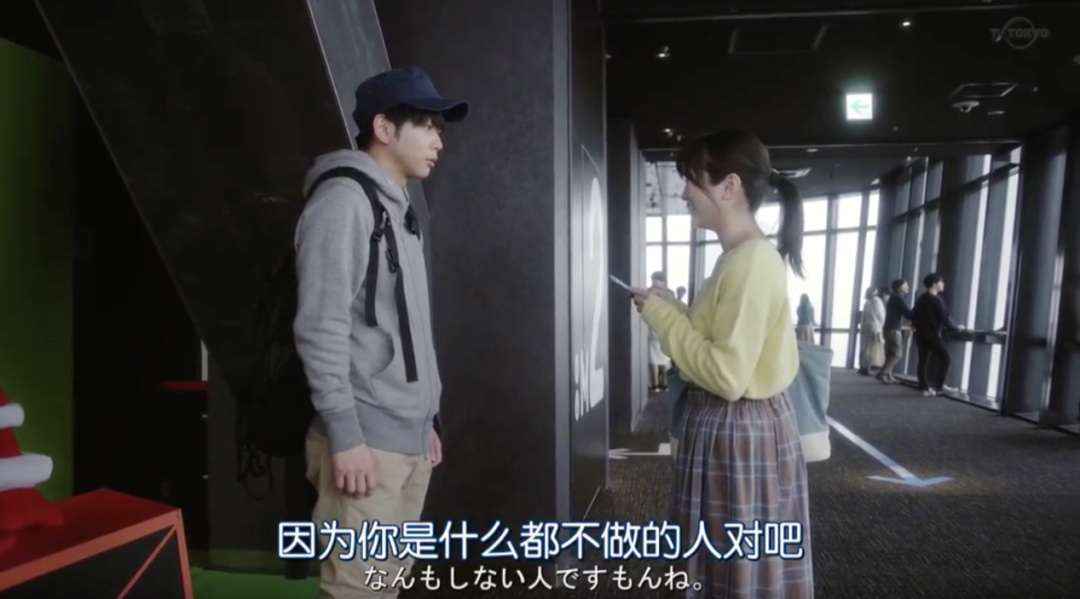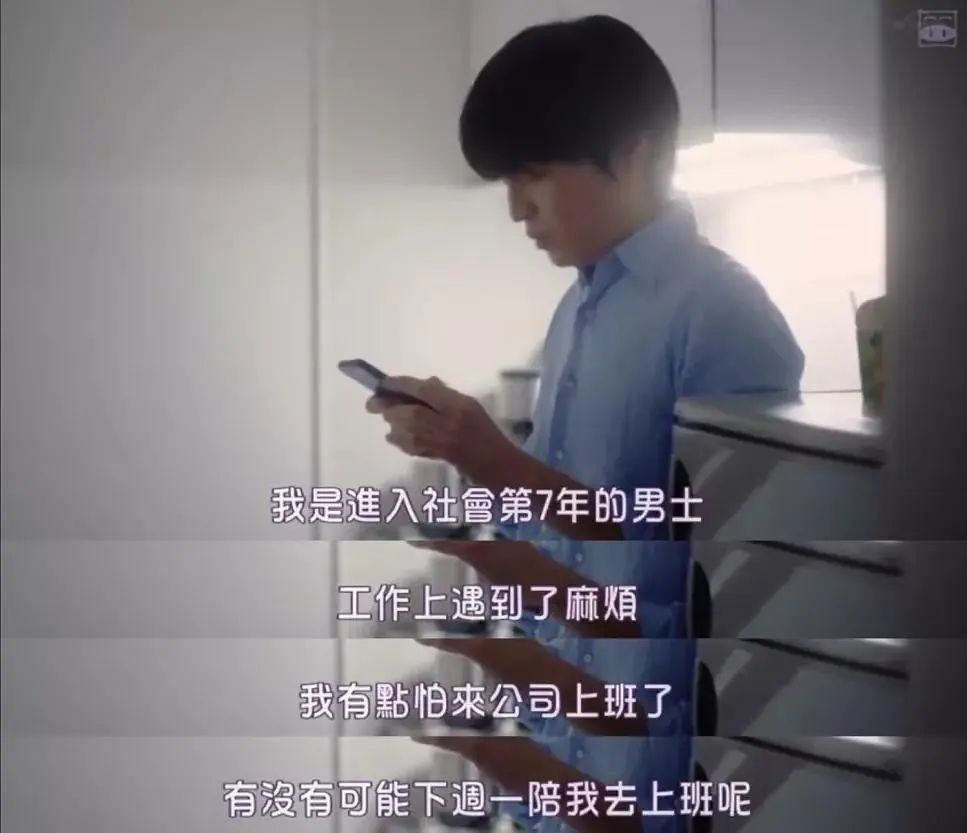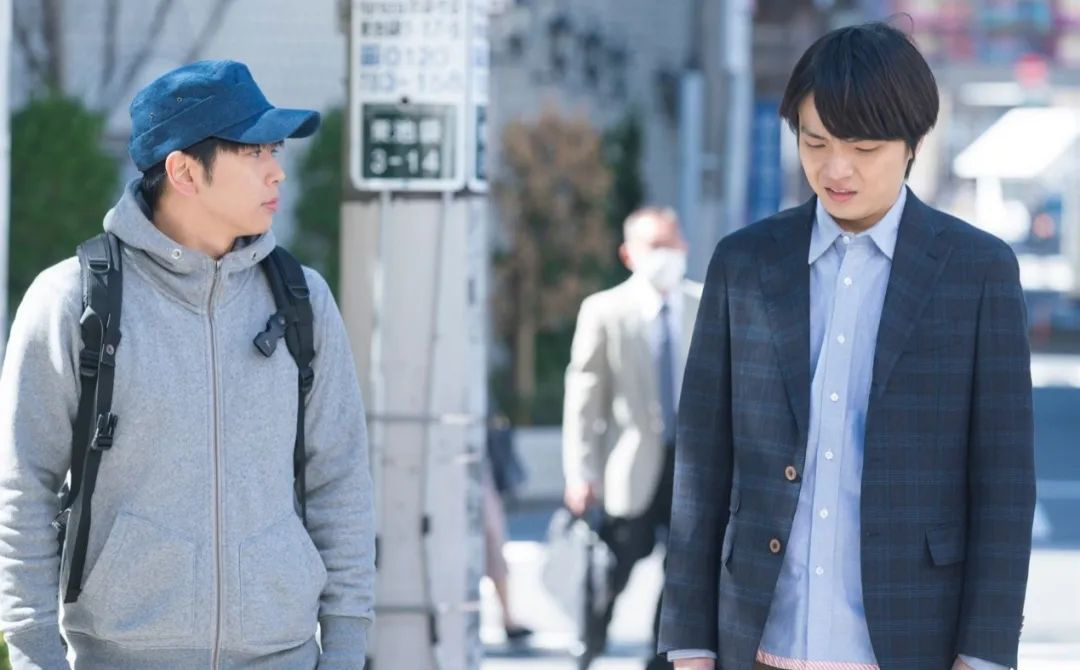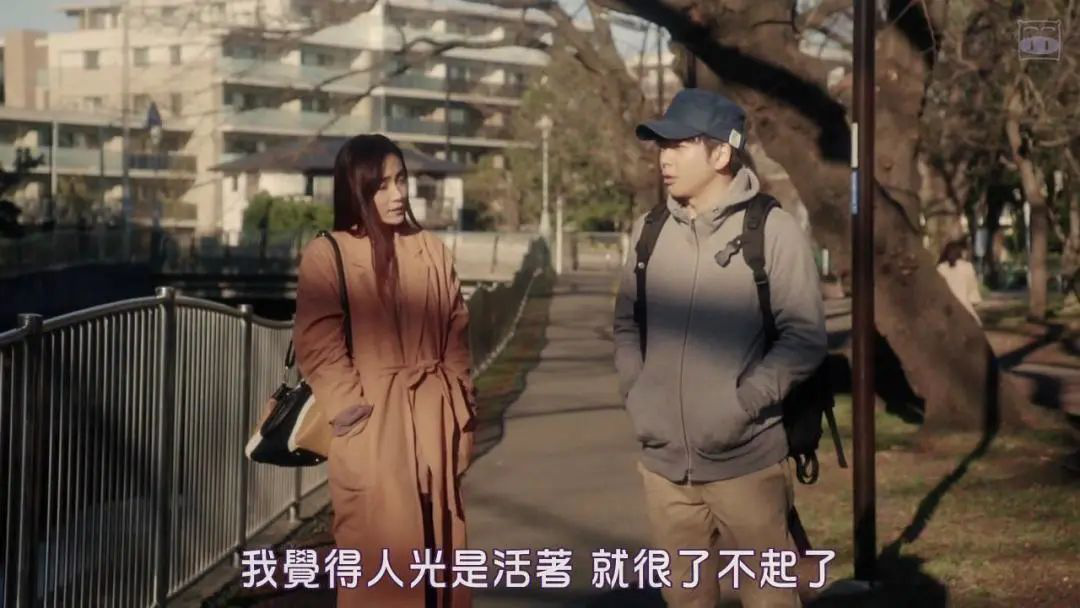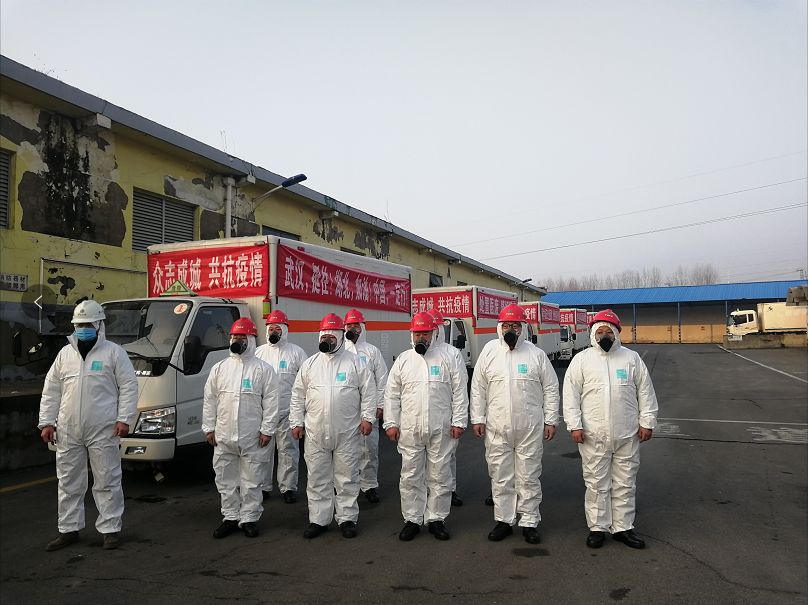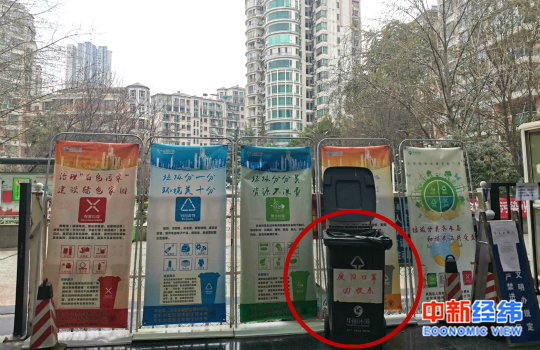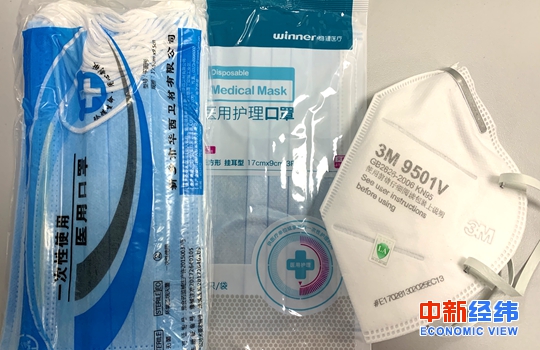On August 28th, Anhui Federation of Industry and Commerce, Anhui Provincial Department of Economy and Information Technology and Anhui Provincial Market Supervision Administration jointly released the list of the top 100 private enterprises in Anhui Province in 2019, which consists of three sub-lists: the top 100 in revenue, the top 100 in manufacturing industry and the top 100 in service industry.
See which enterprises in Huaibei are shortlisted.
Top 100 revenue
1. Quanwei (Tongling) Copper Technology Co., Ltd.
2. Wenyi Investment Holding Group
3. Shan Ying International Holding Co., Ltd.
4. Guangdong Midea Group Wuhu Refrigeration Equipment Co., Ltd.
5. Jin Peng Holding Group Co., Ltd.
6. Anhui Huayuan Pharmaceutical Group Co., Ltd
7. Huafu Fashion Co., Ltd
8. Anhui Zhongding Holdings (Group) Co., Ltd
9. Wuhu Meizhi Air Conditioning Equipment Co., Ltd.
10. Zhongan Huali Construction Group Co., Ltd.
11. Anhui Chujiang Science and Technology New Materials Co., Ltd.
Tongling Jingda Special Electromagnetic Wire Co., Ltd.
13. Hefei Midea Washing Machine Co., Ltd
14. Anhui Fengyuan Group Co., Ltd
15. Sunshine Power Company Limited
16. Anhui Yaxia Industrial Co., Ltd.
17. Anhui Jinggong Holding Group Co., Ltd.
18. Anhui Sanyun Investment Group Co., Ltd.
19. Hefei Jing ‘ao Solar Technology Co., Ltd.
Anhui Tiankang (Group) Co., Ltd.
21. Anhui Guozhen Group Co., Ltd
22. Anhui Huanxin Group Co., Ltd
23. Wuhu Changxin Technology Co., Ltd.
Anhui Foreign Economic Construction (Group) Co., Ltd.
25. Fuyang Tongwang Trading Co., Ltd.
26. Wuhu Midea Kitchen and Bathroom Appliance Manufacturing Co., Ltd.
27. Anhui Guihang Special Steel Co., Ltd.
28. Hefei Huatai Group Co., Ltd.
29. Changjiang Seiko Steel Structure (Group) Co., Ltd.
30. Shenzhou Knitting (Anhui) Co., Ltd.
31. Anhui Tianda Enterprise (Group) Co., Ltd.
32. Anhui Luban Construction Investment Group Co., Ltd
Anhui Baoye Construction Engineering Group Co., Ltd.
34. Iflytek Limited by Share Ltd.
35. Fuyang Jiahai Industrial New Town Development Co., Ltd.
36. Anhui Haoyuan Chemical Group Co., Ltd.
37. Wuhu Sanqi Mutual Entertainment Network Technology Group Co., Ltd.
38. Wuhu Fuxin Iron and Steel Co., Ltd.
39. Anhui Sirte Fertilizer Co., Ltd.
40. Hefei Hualing Company Limited
41. Three Squirrels Company Limited
42. Hefei Hui Ke Jin Yang Technology Co., Ltd.
43. Anhui gmcc Precision Manufacturing Co., Ltd.
Anhui Land Investment Co., Ltd.
45. Anhui Hongxiang Building Materials Co., Ltd.
46. Anhui Jinyuan Copper Co., Ltd.
47. Zhongke Power Equipment Group Co., Ltd.
48. Anhui Shengshi Xinxing Gree Trading Co., Ltd.
49. Linquan County Anhui Zhejiang Agricultural Comprehensive Market Co., Ltd.
Tongling Xuanli Special Steel Co., Ltd.
51. Tongling Fuxin Iron and Steel Co., Ltd.
52. Anhui Jinmei Zhongneng Chemical Co., Ltd.
53. Anhui Hengtai Real Estate Development Co., Ltd.
54. Hefei Midea HVAC Equipment Co., Ltd.
55. Anhui Le Fuqiang Holding Group Co., Ltd.
56. Anhui Honglu Steel Structure (Group) Company Limited
57. Anhui Lishi Power Technology Co., Ltd.
58. Tianneng Battery Group (Anhui) Co., Ltd.
59. Anhui Mengzhou Industrial Co., Ltd.
60. Anhui Yuntongda Logistics Technology Co., Ltd.
61. Fuyang Country Garden Real Estate Development Co., Ltd.
62. Anhui Yingjia Group Limited by Share Ltd.
63. Hefei Guoxuan Hi-Tech Power Energy Co., Ltd.
64. Anhui Chujiang High-tech Electric Materials Co., Ltd.
Huangshan Yongjia Group Co., Ltd.
66. Xinyi Photovoltaic Industry (Anhui) Holding Co., Ltd.
67. Anhui Huabo Renewable Resources Technology Co., Ltd.
68. Anhui Yingliu Electromechanical Group
69. Belle Shoes (Suzhou) Co., Ltd.
70. Anhui Tongji Construction Group Co., Ltd
71. Hailiang (Anhui) Copper Co., Ltd.
72. Anhui Kouzi Liquor Co., Ltd.
73. Hefei Baolongda Information Technology Co., Ltd.
74. Baichuan Famous Products Supply Chain Co., Ltd.
75. Anhui Guoxin Construction Group Co., Ltd
76. Tongling Wuhua Group Co., Ltd
77. Anhui Jin Rui Investment Group Co., Ltd.
78. Anhui Haiquan Investment Holding Group
79. Maanshan Runhua Steel Material Co., Ltd.
80. Anhui Fuyang Xinte Pharmaceutical Co., Ltd
Anhui Lifeng Group Co., Ltd.
82. Mengniu Dairy (Maanshan) Co., Ltd.
Anhui Tonghai Real Estate Co., Ltd.
84. TCL Household Appliances (Hefei) Co., Ltd.
85. Anhui weixing real estate co., ltd
86. Anqing Taifa Energy Technology Co., Ltd
Anhui Huami Information Technology Co., Ltd.
88. Wuhu Dongxu Photoelectric Equipment Technology Co., Ltd.
89. Anhui Dongchang Construction Group Co., Ltd
Anhui Daming Industrial (Group) Co., Ltd.
91. Anhui Xinjian Holding Group Co., Ltd.
92. Anhui Jintian High-tech Materials Co., Ltd.
93. Anhui Shuguang Chemical Group Co., Ltd.
94. Anhui Zhenzhixin International Trading Co., Ltd.
95. Gree Electrician (Maanshan) Co., Ltd.
96. Anhui Zhongyuan New Materials Co., Ltd.
Rong Sheng (Bengbu) Real Estate Co., Ltd.
98. Anhui Xinyate Cable Group Co., Ltd.
99. Maanshan Branch of Jiangsu Yuhua Group Company
100. Anhui Huayi Industry and Trade Group Co., Ltd.
Top 100 manufacturing enterprises
1. Shan Ying International Holding Co., Ltd.
2. Wuhu Meizhi Air Conditioning Equipment Co., Ltd.
3. Sunshine Power Supply Company Limited
4. Wuhu Midea Kitchen and Bathroom Appliance Manufacturing Co., Ltd.
5. Hefei Guoxuan Hi-Tech Power Energy Co., Ltd.
6. Hefei Midea Washing Machine Co., Ltd.
7. Anhui Zhongding Holdings (Group) Co., Ltd
8. Anhui gmcc Precision Manufacturing Co., Ltd.
9. Anhui Huami Information Technology Co., Ltd.
10. Hefei Midea HVAC Equipment Co., Ltd.
Anhui Yingjia Group Co., Ltd.
12. Anhui Chujiang Science and Technology New Materials Co., Ltd.
13. Anhui Fengyuan Group Co., Ltd
14. Hefei Hualing Company Limited
15. Wuhu Changxin Technology Co., Ltd.
16. Hefei Jing ‘ao Solar Technology Co., Ltd.
17. Huafu Fashion Co., Ltd
18. Wuhu Dongxu Photoelectric Equipment Technology Co., Ltd.
19. Anhui Sanan Optoelectronics Co., Ltd.
20. Anhui Kouzi Liquor Co., Ltd.
21. Hefei Huatai Group Co., Ltd
22. Anhui Jinmei Zhongneng Chemical Co., Ltd.
23. Tongling Jingda Special Electromagnetic Wire Co., Ltd.
24. Huitiankang (Group) Co., Ltd.
25. Xinyi Photovoltaic Industry (Anhui) Holdings Limited
26. Quanwei (Tongling) Copper Technology Co., Ltd.
27. Anhui Huanxin Group Co., Ltd.
28. Anhui Huabo Renewable Resources Technology Co., Ltd.
29. Hefei Meiya Optoelectronics Technology Co., Ltd.
30. Anhui Jin Rui Investment Group Co., Ltd.
Tongling Shangfeng Cement Co., Ltd.
32. Anhui Haoyuan Chemical Group Co., Ltd.
33. Anhui Sirte Fertilizer Co., Ltd.
Anhui Pearl Cement Group Co., Ltd.
35. Anhui anke biotechnology Engineering (Group) Co., Ltd.
36. Anhui Tianda Enterprise (Group) Co., Ltd.
37. Anhui Bayi Chemical Co., Ltd.
38. Changjiang Seiko Steel Structure (Group) Co., Ltd.
39. Anhui Yingliu Electromechanical Group
40. Hefei Hui Ke Jin Yang Technology Co., Ltd.
41. Wuhu Bethel Automobile Safety System Co., Ltd.
42. Anhui Guangxin Agrochemical Co., Ltd.
43. Zhibang Home Furnishing Co., Ltd
44. Anhui Fu Guang Industrial Co., Ltd.
45. TCL Household Appliances (Hefei) Co., Ltd.
Huangshan Yongjia Group Co., Ltd.
47. Anhui Shuguang Chemical Group Co., Ltd.
48. Anhui Xinyate Cable Group Co., Ltd.
49. Delixi Electric (Wuhu) Co., Ltd.
50. Tianneng Battery Group (Anhui) Co., Ltd.
Anhui Jinxing Titanium Dioxide (Group) Co., Ltd.
52. Xinyi Energy Saving Glass (Wuhu) Co., Ltd.
53. Huangshan Yongxin Co., Ltd.
54. Anhui Kairun Company Limited
55. Zhongke Power Equipment Group Co., Ltd.
56. Anhui Guoxing Biochemistry Co., Ltd.
57. Luxshare Industry (Chuzhou) Co., Ltd.
58. China Yangzi Group Chuzhou Yangzi Air Conditioner Co., Ltd.
59. Hefei Taihe Optoelectronics Technology Co., Ltd.
60. Anhui Dexinjia Biomedical Co., Ltd.
61. Anhui Amway Materials Technology Co., Ltd.
62. Anhui Dongjin Resource Recycling Technology Co., Ltd.
63. Taihu Guanghua Aluminum Co., Ltd.
64. Linxian Linping Paper Co., Ltd., Anhui Province
65. An Jianghuai Electric Co., Ltd.
66. Huangshan Small Pot Tea Co., Ltd
67. Anhui Chaowei Power Co., Ltd.
68. Anhui Wannan Electric Co., Ltd.
69. Anhui Baker United Pharmaceutical Co., Ltd.
70. Gree Electrician (Maanshan) Co., Ltd.
71. Anhui Zhongyuan New Materials Co., Ltd.
72. HKUST Intelligent Electrical Technology Co., Ltd.
73. Anhui Zhongneng Power Co., Ltd.
74. Anhui Wanyi Technology Co., Ltd.
75. Tianneng Battery (Wuhu) Co., Ltd.
76. Anqing Taifa Energy Technology Co., Ltd
77. Anqing Heng Chang Machinery Manufacturing Co., Ltd.
78. Anhui Zhongding Rubber Products Co., Ltd.
79. Anhui Honglu Steel Structure (Group) Co., Ltd
80. Taihe Changjiang Metal Material Co., Ltd.
81. Anhui Dongzhi Guangxin Agrochemical Co., Ltd.
82. Anhui Delin Environmental Development (Group) Co., Ltd.
83. Anhui Fukaite Materials Co., Ltd.
84. Anhui Dadixiong New Materials Co., Ltd.
85. Wuhu Sanhua Automatic Control Components Co., Ltd.
86. Anhui Hengyuan New Material Co., Ltd.
Hefei Baolongda Information Technology Co., Ltd.
88. Anhui Chujiang High-tech Electric Materials Co., Ltd.
89. Anhui Danfeng Group Tongcheng Glass Fiber Co., Ltd.
90. Huitong New Materials Co., Ltd
91. Anhui Zhongke Photoelectric Color Sorter Machinery Co., Ltd.
92. Anhui Hyde Chemical Technology Co., Ltd.
Hailiang (Anhui) Copper Co., Ltd.
94. Anhui Zhongtian Petrochemical Company Limited
95. Feixi Old Chicken Food Co., Ltd.
96. Anhui Pacific Cable Company Limited
97. Anhui Tianxin Craft Products Group Co., Ltd.
98. Anhui Tongdu Fluid Technology Co., Ltd.
Anhui Anhuang Machinery Co., Ltd.
100. Wuhu Shunrong Auto Parts Co., Ltd.
Top 100 service industries
1. Wenyi Investment Holding Group
2. Jin Peng Holding Group Co., Ltd.
3. Anhui Huayuan Pharmaceutical Group Co., Ltd.
4. Anhui Yaxia Industrial Co., Ltd.
5. Anhui Jinggong Holding Group Co., Ltd.
6. Anhui Sanyun Investment Group Co., Ltd.
7. Anhui Guozhen Group Company Limited
8. Fuyang Tongwang Trading Co., Ltd.
9. Iflytek Limited by Share Ltd.
10. Fuyang Jiahai Industrial New Town Development Co., Ltd.
11. Wuhu Sanqi Mutual Entertainment Network Technology Group Co., Ltd.
12. Three Squirrels Company Limited
13. Anhui Land Investment Co., Ltd.
14. Anhui Shengshi Xinxing Gree Trading Co., Ltd.
15. Linquan County Anhui Zhejiang Agricultural Comprehensive Market Co., Ltd.
16. Anhui Hengtai Real Estate Development Co., Ltd.
17. Anhui Le Fuqiang Holding Group Co., Ltd.
18. Anhui Yuntongda Logistics Technology Co., Ltd.
19. Fuyang Country Garden Real Estate Development Co., Ltd.
20. Baichuan Famous Products Supply Chain Co., Ltd.
21. Tongling Wuhua Group Co., Ltd
22. Maanshan Runhua Steel Material Co., Ltd.
23. Anhui Fuyang Xinte Pharmaceutical Co., Ltd.
24. Anhui Lifeng Group Co., Ltd
25. Anhui Tonghai Property Co., Ltd.
26. Anhui Weixing Real Estate Co., Ltd.
27. Anhui Daming Industrial (Group) Co., Ltd.
28. Anhui Zhenzhixin International Trading Co., Ltd.
Rong Sheng (Bengbu) Real Estate Co., Ltd.
30. Anhui Huayi Industry and Trade Group Co., Ltd.
Anhui Huichuang Real Estate Group Co., Ltd.
32. Lu ‘an Huabang Xinhua Real Estate Co., Ltd.
33. Greenland Group Hefei Wanfeng Real Estate Co., Ltd.
34. Hefei Yifan Biomedical Co., Ltd.
35. Anhui Sanhe Automobile Trade Co., Ltd.
36. Zhengqi Financial Holdings Co., Ltd
37. Anhui Wanxin Human Resource Management Co., Ltd.
38. Wuhu Muchen Electronic Commerce Co., Ltd.
39. Hefei Dingsheng Communication Equipment Co., Ltd.
40. Anhui Nanxiang Trading (Group) Co., Ltd.
41. Anhui Fuyang Commercial Building Co., Ltd.
42. Anhui Shengsheng Investment Development (Group) Co., Ltd.
43. Chuzhou Chengfang Real Estate Co., Ltd.
44. Anhui SF Express Company Limited
45. Anhui Mingzhu Gree Electric Sales Co., Ltd.
46. Anzehua Steel Material Co., Ltd.
47. Anhui Yameiya Import and Export Trading Co., Ltd.
48. Anhui Minghua Investment Group
49. Anhui Kaihua Steel Material Co., Ltd.
50. Suning Bangke Technology Service Co., Ltd.
51. Anhui Anderle Department Store Co., Ltd.
52. Anhui Hongkun Guojian Property Co., Ltd.
53. Tongqinglou Catering Co., Ltd
54. Anhui Fulicheng Real Estate Development Co., Ltd.
55. Anhui Binfeng Holding Group Co., Ltd.
56. Anhui Wanrui Real Estate Group Co., Ltd.
57. Beihai Fruit Industry Dangshan Huifeng Market Co., Ltd.
58. Anhui Wuxing Electric Appliance Co., Ltd.
59. Huangshan Jiaxin Industry and Trade Co., Ltd.
60. Maanshan Sanhe Storage and Distribution Co., Ltd.
61. Anhui Fuyang Pharmaceutical Group Co., Ltd.
62. Anhui Huaishang Commercial Management Group Co., Ltd.
63. Huangshan Land Investment Co., Ltd.
64. Anhui Xiangyuan Cultural Tourism City Investment Co., Ltd.
65. Anhui Huasong Industrial Group Co., Ltd.
66. Hefei Baoxun Sporting Goods Trading Co., Ltd
67. Wuhu Anqi Automobile Co., Ltd.
68. Anhui Auchan Supermarket Co., Ltd.
69. Anhui Tongsheng Real Estate Group Co., Ltd.
70. Anhui Laoxiang Chicken Catering Co., Ltd.
71. Anhui Tianyang Group
72. Bengbu Aoli Automobile Sales Service Co., Ltd.
73. Anhui Zhongheng Commercial Development Co., Ltd.
74. Anhui Chinese Health Medicine Co., Ltd.
75. Anhui Xintiandi Commercial Management Co., Ltd.
76. Anhui Star Automobile Sales & Service Co., Ltd.
77. Anhui Yunchang Real Estate Development Co., Ltd.
78. Wuhu Huaqiang Tourism City Investment Development Co., Ltd.
79. Anhui Kunrui Investment Co., Ltd
80. Bengbu Juben Electronic Commerce Industrial Park Co., Ltd.
81. Wuhu Nanjing Xinbai Building Co., Ltd.
82. Anhui Universal Cultural Tourism Group Co., Ltd.
83. Anhui Aoxiang Automobile Sales Service Co., Ltd.
84. Anhui Xinjiuyuan Liquor Co., Ltd.
85. Linquan Taihui Trading Co., Ltd.
86. Anhui Andy Automobile Co., Ltd.
87. Anhui Tonglian king of the children Children’s Products Co., Ltd.
88. Starlight Jewelry Group Co., Ltd.
89. Shucheng Yuanda Huaming Real Estate Co., Ltd
90. Anhui Yili Trading Group Co., Ltd.
91. Funan Mingbang Property Co., Ltd.
92. Anhui Huaan Import and Export Co., Ltd.
93. Anhui Craft Trade Import and Export Co., Ltd.
94. Anhui Xinjuhua Technology Co., Ltd.
95. Anhui Xuancheng Pharmaceutical Co., Ltd.
Ma ‘anshan Baizhu Network Technology Co., Ltd.
97. Anqing Land Investment Co., Ltd.
98. Anhui Xinshunyu Liquor Co., Ltd.
99. Anhui Jinlong Automobile Sales Co., Ltd.
100. Anhui Changjiang Technology Co., Ltd.
Think it’s useful. Don’t forget to "watch"!
Recommended reading HOT NEWS

